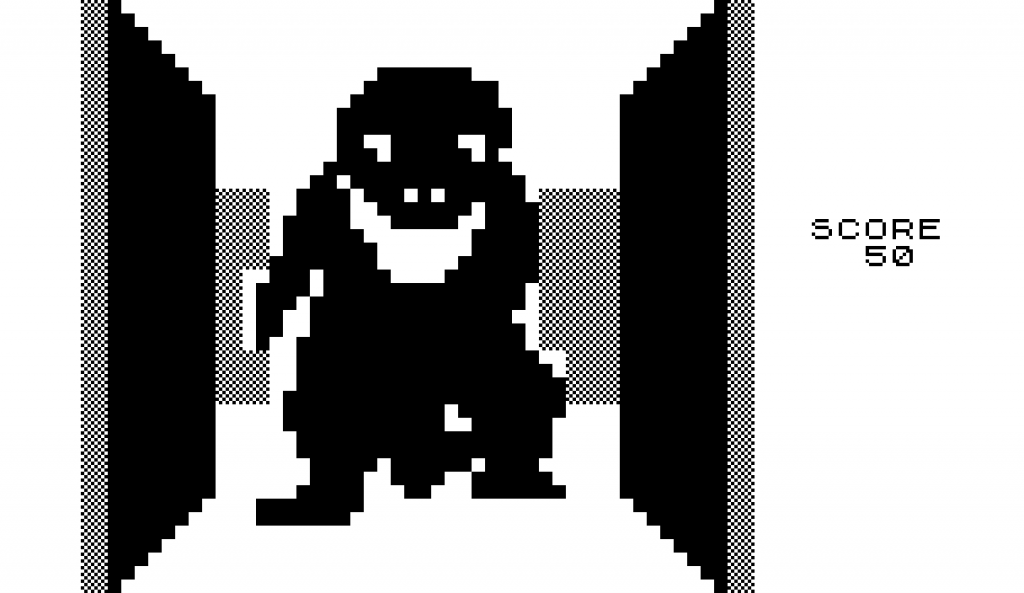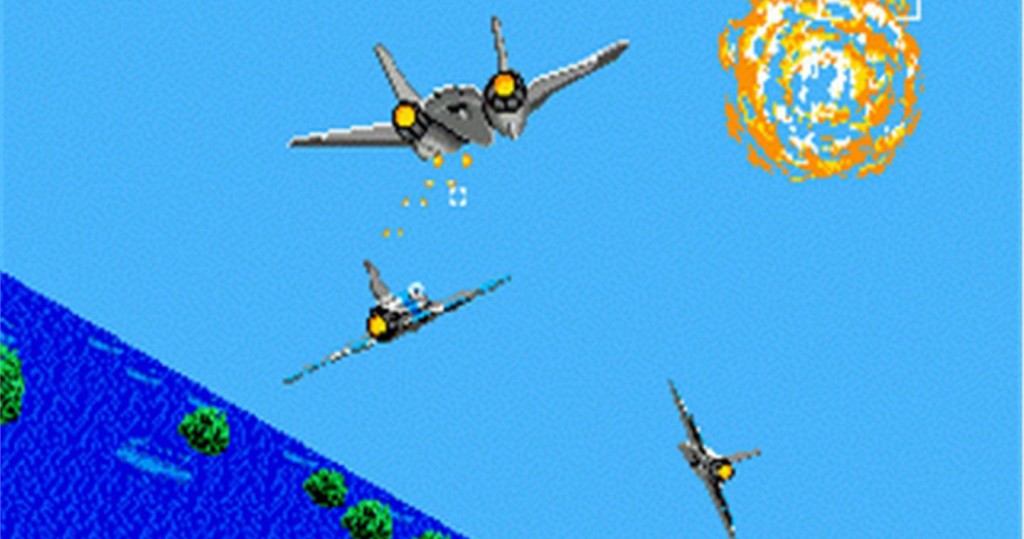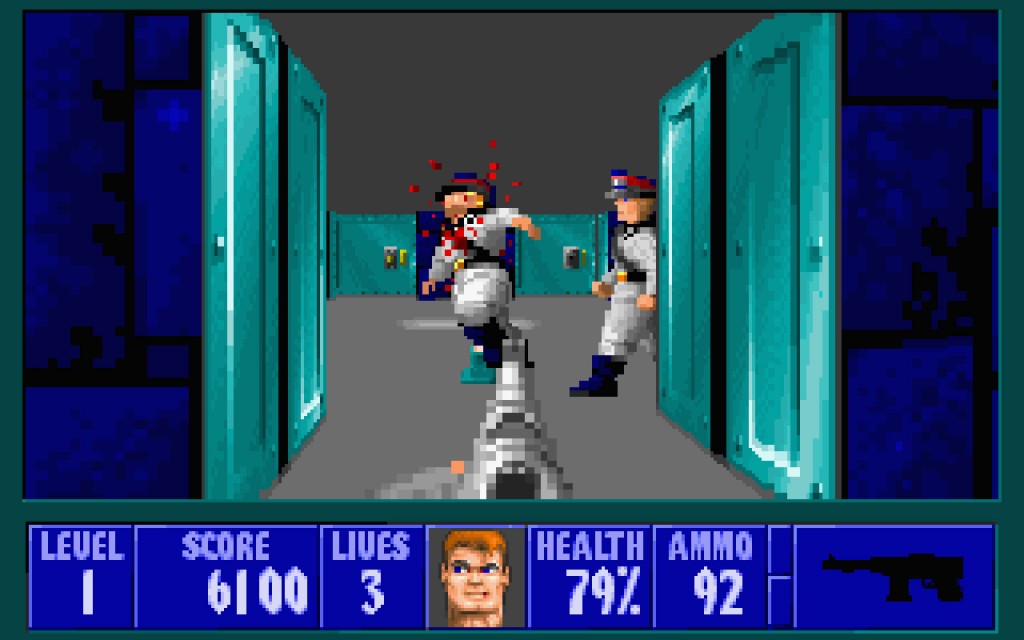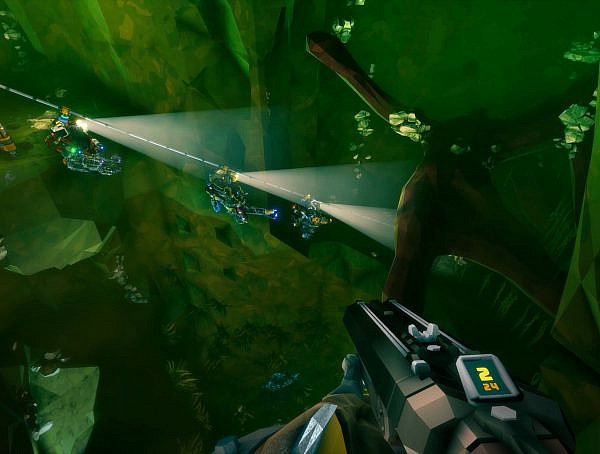Charting the etymology of “3D virtual-reality rat’s-eye-view adventures” – or First Person Shooters, as we call them now. #FPS
Author: Carl Therrien
Published in: Game Studies: The International Journal of Computer Game Research. Vol. 15 No. 2, December 2015.
Link: http://gamestudies.org/1502/articles/therrien
In popular gaming discourse (including here at PlayLab), we often think of Wolfenstein 3D and Doom as some of the very first landmark first-person shooters that popularized, if not birthed the genre wholesale. The problem is that not only were there first-person shooters before either of those games, they weren’t even called “first-person shooters”. Therrien’s paper examines the origins of the term and the genre, what names were used to refer to this style of game, and how they eventually came to be defined as “first-person shooters”.
Though arguably the genesis of the modern shooting game lies in old-timey shooting galleries, there are a handful of key elements that define what we understand today as first-person shooters: Fast-scrolling graphics, perspective-based rendering, and an attempt at a three-dimensional visual style. Many developers first attempted to merge these to achieve a feeling of immersion in one’s environment, describing games using them as “being there” for lack of a better term. Some of the earliest dungeon-crawling style games, from Akalabeth to Might & Magic, make use of first-person perspectives, even though they did not describe themselves as such.
According to Therrien, the use of a 3D perspective was especially common in genres that emphasized vehicular motion: Racing games, flight games and vehicular combat games, which usually advertised themselves with a cockpit view that allowed players to feel as if they were there. Somewhat confusingly, even games that used an external camera angle outside the view of the vehicle called themselves “first-person” from time to time. Further yet, not only were FPS-style games consistently not referred to as “first-person”, they weren’t even called shooters: That label was specifically applied to vertically scrolling shooter games, or shoot-em-ups. Instead, games that used first-person perspectives were more commonly called “simulation” games.
Finally, when Wolfenstein 3D and Doom launched, they did not label themselves as “first-person shooters” – instead, at the time there was a heavy interest in virtual reality, so they and similar games called themselves 3D virtual-reality games, emphasizing the feeling of presence in the game space. Later on, similar games would be widely referred to as “Doom clones” thanks to Doom‘s astounding popularity, and gradually the term “first-person shooter” came to define those games among the fanbase on Usenet, eventually securing its place as industry lingo.
Therrien reminds us that from our current perspective, it is important to note that the term “first-person shooter” is always used retroactively when discussing most any game before 1997, as that was when the term was codified to mean “a shooting game with a first-person perspective with freely explorable environments”. Besides, saying that Wolfenstein 3D was the first popular “3D VR adventure” just doesn’t have the same punch to it.
You might also like
More from Game Research Highlights
How do you want to do this? – A look into the therapeutic uses of role-playing games
Can playing RPGs contribute positively to your wellbeing? A recent study aims to find out how RPGs are being used …
Eldritch horrors and tentacles – Defining what “Lovecraftian” is in games
H.P. Lovecrafts legacy lives today in the shared world of Cthulhu Mythos and its iconic monsters. Prema Arasu defines the …
Are Souls Games the Contemporary Myths?
Dom Ford’s Approaching FromSoftware’s Souls Games as Myth reveals the Souls series as a modern mythology where gods fall, desires …



















